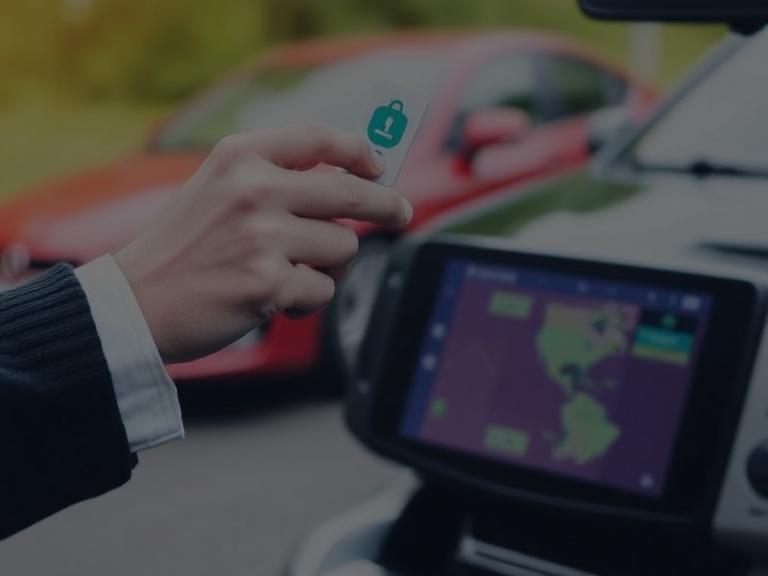When you’re on the road, accidents can happen in the blink of an eye. Whether you’re at fault or not, being financially prepared is crucial. That’s where liability car insurance comes in. It’s one of the most important—and legally required—types of auto insurance in most states.
In this blog, we’ll break down what liability car insurance is, how it works, what it covers (and doesn’t), and why every driver needs it.
What Is Liability Car Insurance?
Liability car insurance is a type of auto coverage that pays for damages and injuries you cause to others in an accident. It does not cover your own injuries or vehicle repairs.
Most U.S. states require drivers to carry a minimum amount of liability insurance to legally operate a vehicle.
What Does Liability Insurance Cover?
Liability insurance has two main components:
1. Bodily Injury Liability (BIL)
This covers medical expenses, lost wages, and legal fees if you injure another person in an accident.
Example: You rear-end another car, and the driver sustains a neck injury. Your bodily injury coverage pays their medical bills.
2. Property Damage Liability (PDL)
This pays for repair or replacement costs if you damage someone else’s property (usually their vehicle).
Example: You accidentally hit a parked car. Property damage liability covers the repair cost to that vehicle.
What Liability Insurance Does Not Cover
It’s important to understand what liability insurance doesn’t cover:
- Your own medical expenses
- Damage to your own vehicle
- Theft, vandalism, or weather-related damage
- Uninsured or underinsured motorists hitting you
To cover those risks, you’ll need additional types of coverage like collision, comprehensive, or personal injury protection (PIP).
Why Liability Car Insurance Is Mandatory
Liability insurance protects not just other drivers, but you from financial ruin. Without it, you could be held personally responsible for:
- Tens of thousands in medical bills
- Expensive car repairs
- Legal defense costs
- Lawsuits and judgments against you
Because of the potential financial risks, most states make liability insurance mandatory.
State Minimum Requirements
Each state sets its own minimum liability coverage limits, often expressed as a series of three numbers:
Example: 25/50/25
- $25,000 for bodily injury per person
- $50,000 for bodily injury per accident
- $25,000 for property damage
These are just the minimums—many experts recommend higher coverage to ensure full protection.
How Much Liability Coverage Do You Need?
While it may be tempting to stick with your state’s minimum requirements, doing so could leave you underinsured.
Recommended coverage:
- Bodily Injury: $100,000 per person / $300,000 per accident
- Property Damage: $100,000+
Why? Because hospital bills, vehicle repair costs, and legal fees can quickly exceed minimum limits.
Pro Tip: The higher your assets (home, savings, income), the more liability coverage you should carry to protect yourself.
Cost of Liability Car Insurance
Liability coverage is typically the cheapest part of an auto insurance policy. Your premium depends on factors such as:
- Your driving record
- Age and gender
- Location
- Type of vehicle
- Coverage limits
On average, basic liability insurance costs $50–$100 per month, but that can vary widely.
Tips to Save on Liability Insurance
- Compare quotes from multiple insurers
- Bundle policies (e.g., home + auto)
- Maintain a clean driving record
- Ask about discounts for good students, safe driving, or low mileage
- Raise your deductible (for policies with additional coverage)
Final Thoughts
Liability car insurance is a legal requirement in most states—and a smart way to protect yourself financially. While it only covers damages and injuries you cause to others, it can save you from paying massive out-of-pocket costs after an accident.
If you’re unsure whether your current policy provides enough protection, consider speaking with an insurance agent. It’s better to have more coverage than you need than to be caught short when you need it most.
